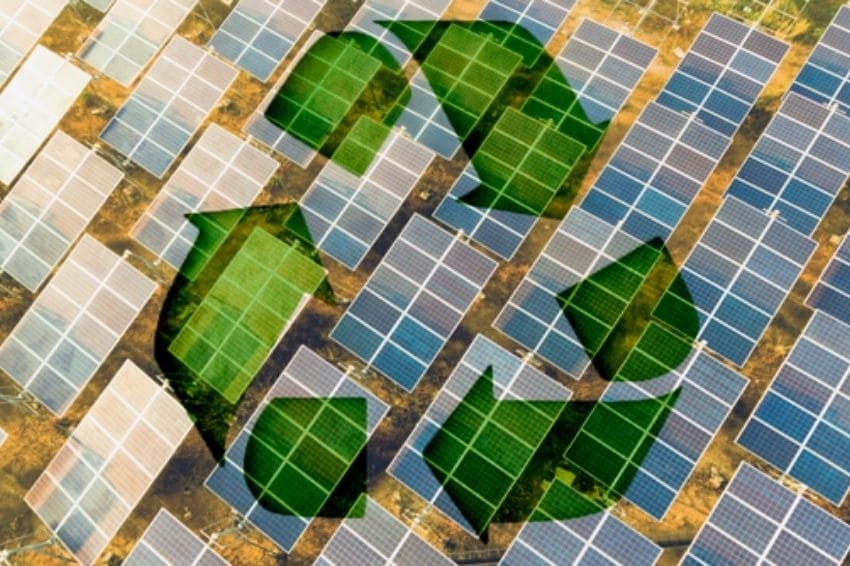Researchers at NREL (National Renewable Energy Laboratory) have conducted the first global study on the most promising approaches for end-of-life management of solar modules.
According to the research, scientists focused on recycling crystalline silicon, the material used in more than 90% of installed photovoltaic systems in a very pure form.
“It takes a lot of investment to make silicon pure. For a module, you take these silicon cells, seal them in a weatherproof package where they touch other materials, and wait 20 to 30 years. All the time, technology is improving. How can we then recover this investment in energy and materials in the best way for the environment?” said Timothy Silvermanm, co-author of the research.
The authors found that some countries have solar panel recycling regulations in place, while others are just beginning to consider solutions. Currently, only one recycling facility dedicated to crystalline silicon PV exists in the world, due to the limited amount of waste being produced.
Investment in R&D
Analyzing this scenario, the researchers recommended R&D (Research and Development) to reduce recycling costs and environmental impacts, maximizing material recovery.
They further suggest focusing on high-value silicon or intact silicon wafers. The latter were touted as achievable, but they frequently break and would likely not meet today's exacting standards to allow direct reuse. To recover high-value silicon, they highlight the need for R&D of purification processes.
Furthermore, scientists emphasized that the environmental and economic impacts of recycling practices should be explored using techno-economic analyzes and life cycle assessments.
“We must be good stewards of these materials and develop a circular economy for photovoltaic modules,” said Garvin Heath, a senior scientist at NREL specializing in sustainability science.
Research finds that finding ways to avoid waste is an important part of the equation, including how to make solar panels last longer, use materials more effectively and produce electricity more efficiently.
“We need research and development because the accumulation of waste will get closer to us. Much like the exponential growth of photovoltaic installations, it will appear to move slowly and then accelerate rapidly. When there is enough waste to open a dedicated PV facility, we need to have already studied the appropriate process,” concluded Timothy Silvermanm.
















